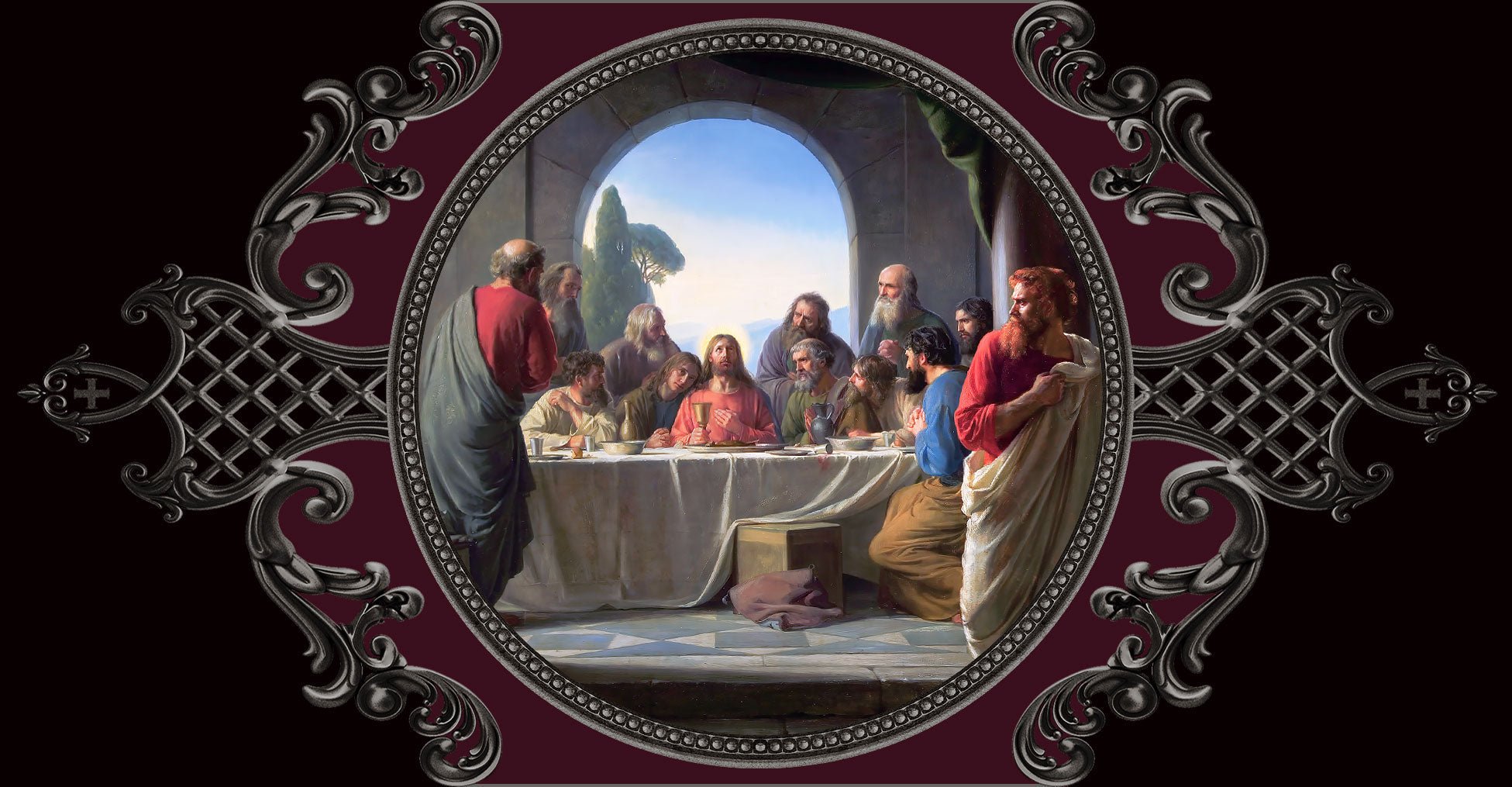
Palm Sunday
Palm Sunday is the final Sunday of Lent and the beginning of Holy Week. This day commemorates the arrival of Jesus in Jerusalem, just a few days before He was crucified.
In the Gospels, Jesus entered Jerusalem riding a donkey and to the lavish praise of the townspeople who threw clothes and palms or small branches in front of Him as a sign of homage. This was a customary practice for people of great respect.
Palm branches are widely recognized symbols of peace and victory, hence their preferred use on Palm Sunday. The use of a donkey instead of a horse is highly symbolic as it represents the humble arrival of someone in peace, as opposed to arriving on a steed in war.
During Palm Sunday Mass, palms are distributed to parishioners which they use to participate in the reenactment of Christ's arrival in Jerusalem. The palms are blessed and many people will fashion them into small crosses or other items of personal devotion. These may be returned to the Church or kept for the year. Because the palms are blessed, they may not be discarded as trash. Instead, they are appropriately gathered at the Church and incinerated to create the ashes that will be used in the following year's Ash Wednesday observance.
The colors of the Mass on Palm Sunday are red and white, symbolizing the redemption in blood that Christ paid for the world.



Leave a comment
This site is protected by hCaptcha and the hCaptcha Privacy Policy and Terms of Service apply.